The World Health Organisation puts sunbed use in the same risk category as smoking and asbestos.
Yet we still see these cancer-causing venues on nearly every high street across the UK.
Now a leading skin cancer charity is calling on the UK Government to introduce warning labels for tanning beds, similar to those used on cigarette packets.
This proposal will no doubt lead to criticism from people who really don’t like being told what to do.
I get it.
It’s annoying when the things we enjoy are characterised as being bad for us.
I get irritated whenever I see newspaper articles warning that too much bacon is bad for you, caffeine will ruin your life and sugar is the devil.
Life is hard enough, can we not be left to enjoy our simple pleasures in peace?
Having said that, I think the idea of putting health warnings on tanning beds is an entirely sensible one.
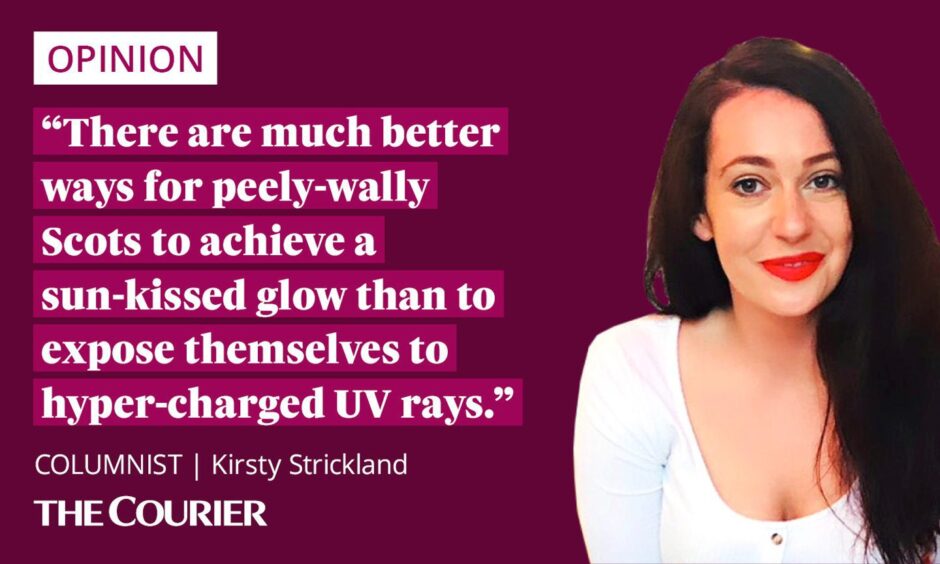
You would think that by now, everybody would be aware of the dangers of sunbeds. But it seems they are not. Why else would so many people put their health at risk for the sake of a tan?
Cancer Research UK says there is “no such thing as safe UV tanning”.
According to the NHS, sunbeds can emit larger doses of UV rays than tropical midday sun.
Young people at risk of skin cancer
UV radiation is the main cause of skin cancer in the UK and young people are one of the groups most at risk.
Sunbed users under the age of 35 have a 75% higher risk of developing the most deadly form of skin cancer.
It has been many years since I used a sunbed but when I was younger, I went through a phase of trying to turn my pale Celtic skin into something resembling a mahogany sideboard.
To that end, I hired a sunbed to use at home. I was skint, so it wasn’t the most high-tech piece of equipment you’ve ever seen.
The UV tubes were encased in a rickety wooden frame and you had to lie under it, on the couch, and turn every now and then to ensure your backside was the same shade as your face. It wasn’t only a health risk, it was probably a fire risk too.
We live and we learn. But it seems some people still haven’t got the memo. Many tanning bed users believe that sunbeds are only dangerous if you go on them every day, or if you burn after using them.
Skin cancer charities have debunked these myths many times over. Mandatory health warnings in tanning salons would give customers the information they need to make an informed decision.
There are much better ways for peely-wally Scots to achieve a sun-kissed glow than to expose themselves to hyper-charged UV rays. Fake tanning products have come on leaps and bounds from when I was young.
Mandatory health warnings in salons wouldn’t persuade everybody to give up the beds for good, but they might be enough to convince some people that it’s just not worth the risk. It’s a start, at least.
The debate around the proposal to include health warnings might just be the thing that paves the way for a more radical solution further down the line.
Commercial sunbeds banned in some countries
Some countries, including Australia and Brazil, have already banned commercial sunbed use. At the moment, there is no great momentum for Scotland and the rest of the UK to follow suit.
In time, though, sunbeds will hopefully become a curious relic of the past, up there with smoking on trains and driving home after an evening boozing in the pub.
They won’t be around forever. The only question is, which of the four nations of the UK will be gutsy enough to implement a ban first?
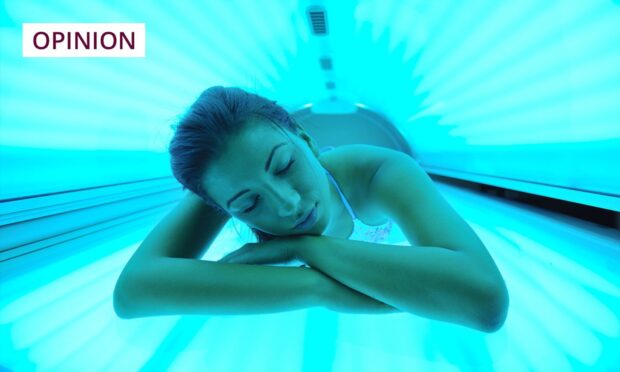
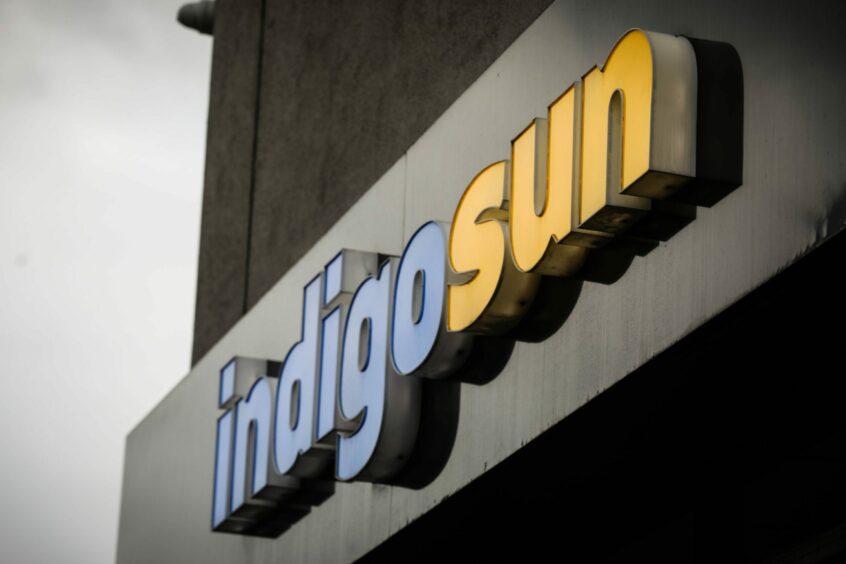
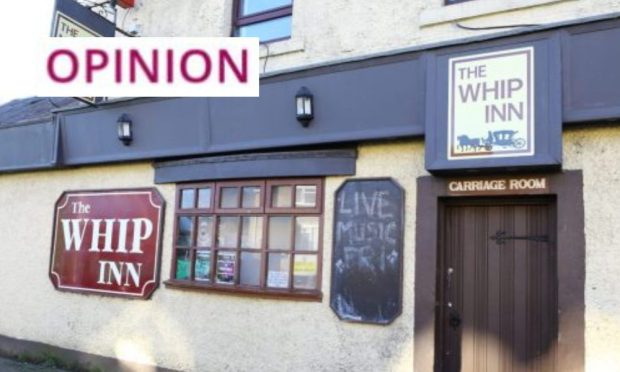
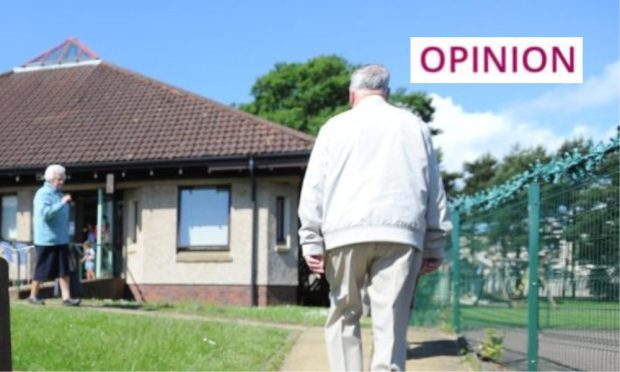
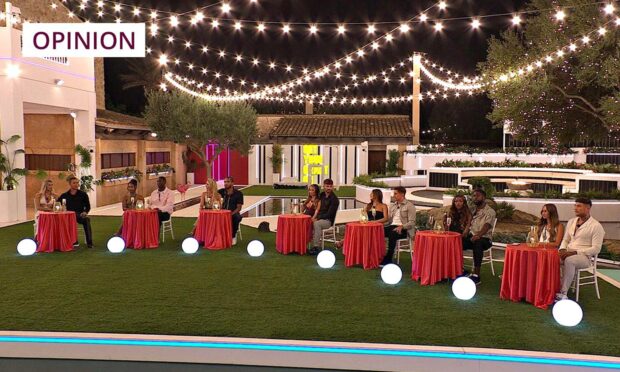
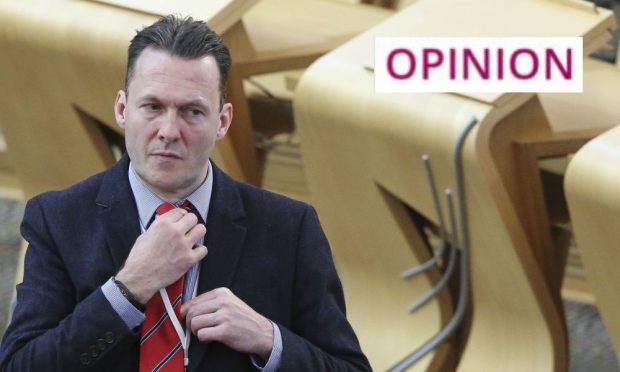
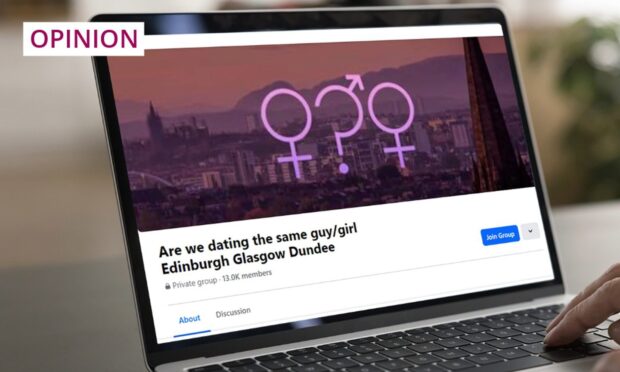

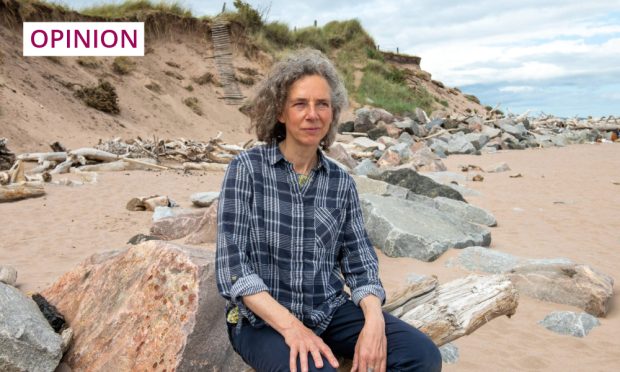
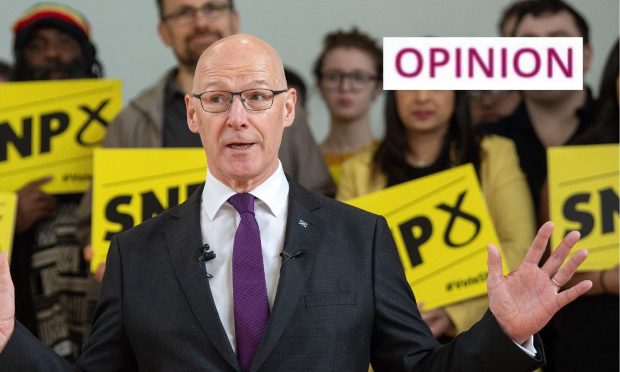
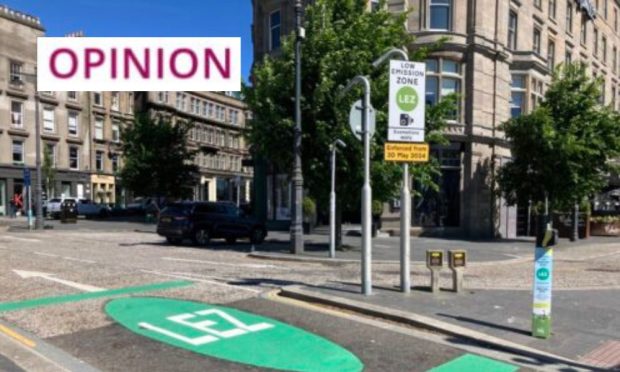
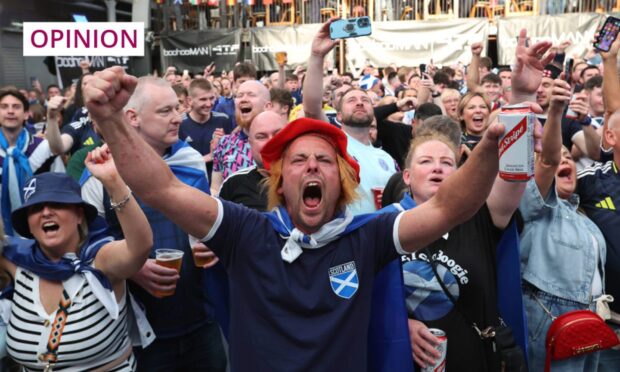
Conversation